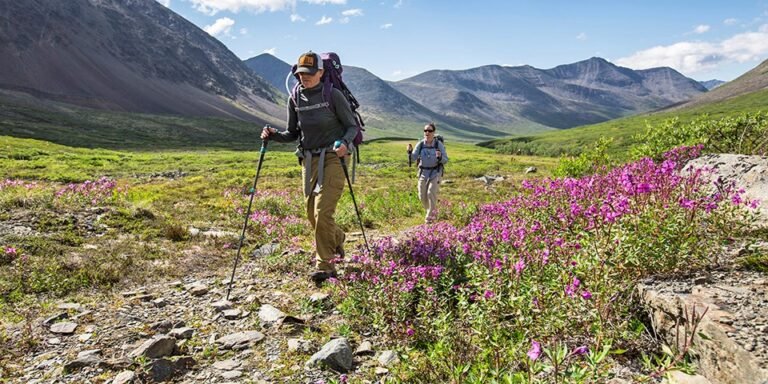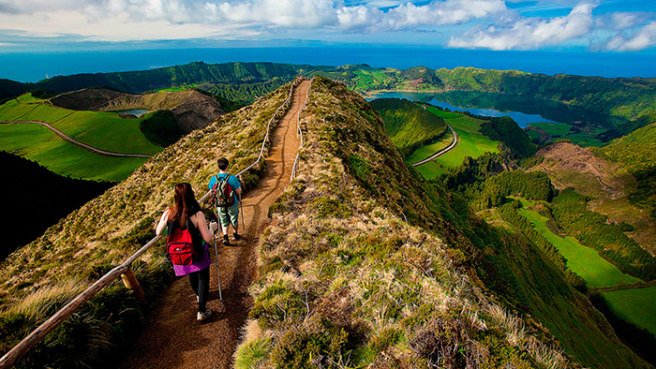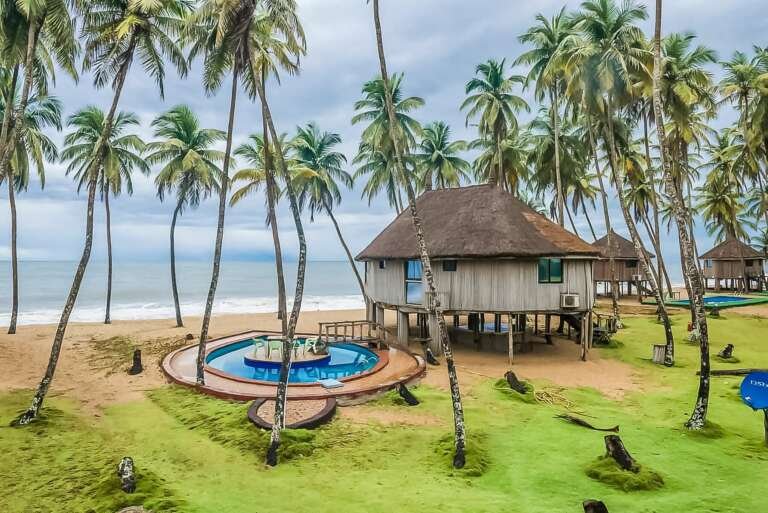Discover beautiful places all around you at TouristLookup
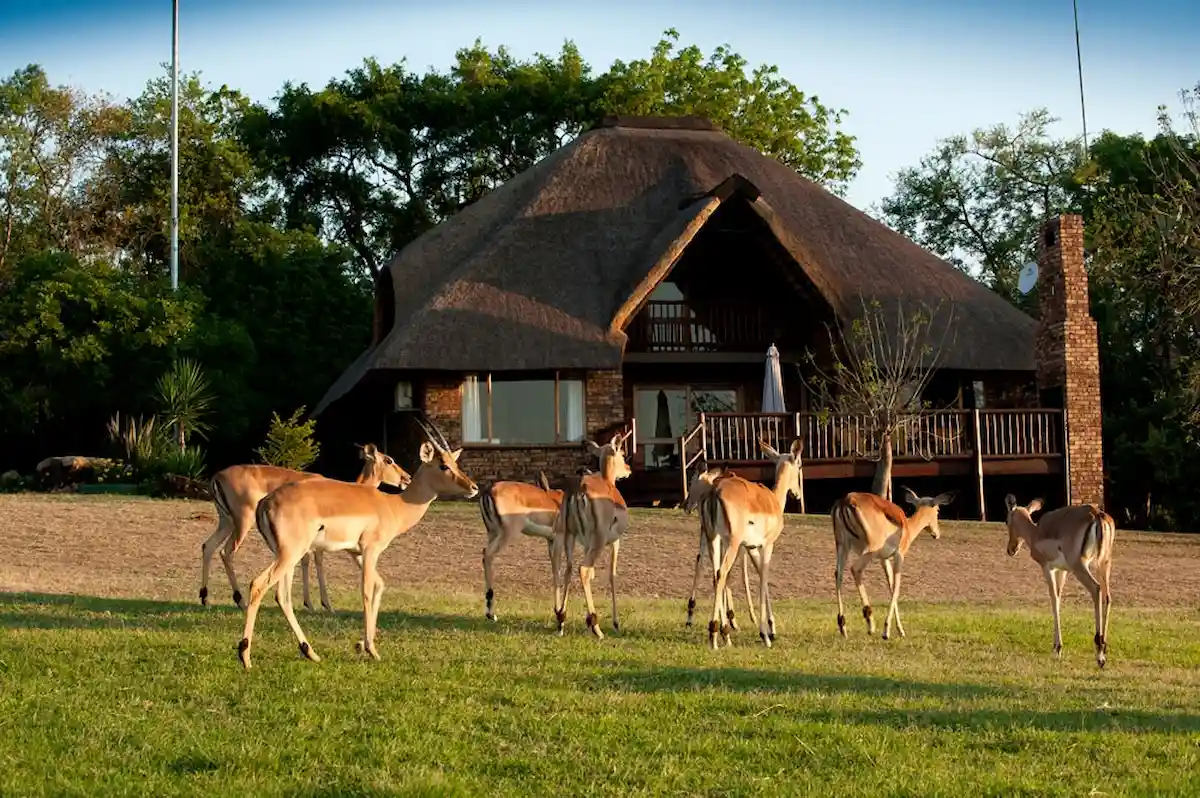
Is Kruger National Park Worth Visiting?
Is Kruger national park worth visiting? If you’ve been asking yourself that question, you are in the right place.
Kruger national park, sprawling across a vast expanse of 19,485 square kilometers, stands as one of Africa’s most extensive game reserves. Nestled in the northeastern region of South Africa, this stunning park is a veritable oasis of wildlife, boasting a diverse range of fascinating species that include the famed “Big Five” – lions, leopards, elephants, rhinos, and buffalos. What’s more, Kruger national park is a melting pot of diverse ecosystems, featuring an impressive array of habitats from savannah grasslands to tropical forests, thus rendering it a destination of singular fascination for enthusiasts of nature.
Despite its enduring status as a favored tourist attraction, it’s natural to ask whether a visit to Kruger national park is truly worthwhile, especially given the plethora of game reserves and national parks that one can find in Africa.
To help you make an informed decision about where to go, we shall, in this post, embark on a voyage of exploration and uncover the many compelling reasons why Kruger national Park stands out from the crowd. We’ll also assess the possible pitfalls that you may encounter during your visit, so you can weigh up the pros and cons and ascertain whether Kruger national Park is indeed the ideal choice for your next safari expedition.
Let’s go:
The Wildlife Experience at Kruger National Park
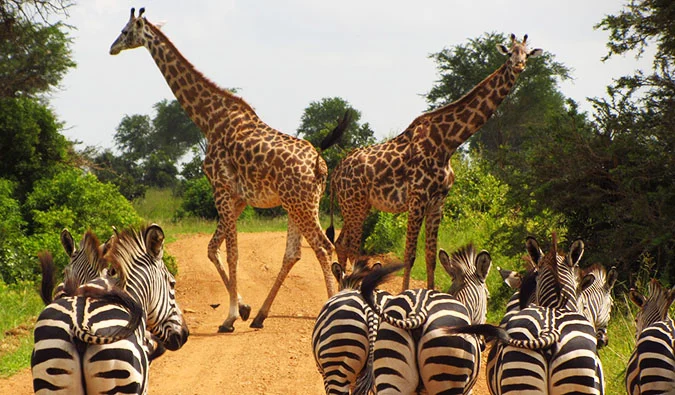
Beyond the Big Five, Kruger national Park is home to over 500 species, including the magnificent martial eagle, the most prominent and most noticeable eagle in Africa, the world’s biggest bird, the ostrich, and the striking lilac-breasted roller.
The playful and gregarious African wild dog is another animal to look out for. The wild dog has an 80% success rate when hunting in packs, even higher than that of a Lion.
The reptiles at Kruger national park are also pretty impressive. One of them is the Nile crocodile which can grow up to six meters long!
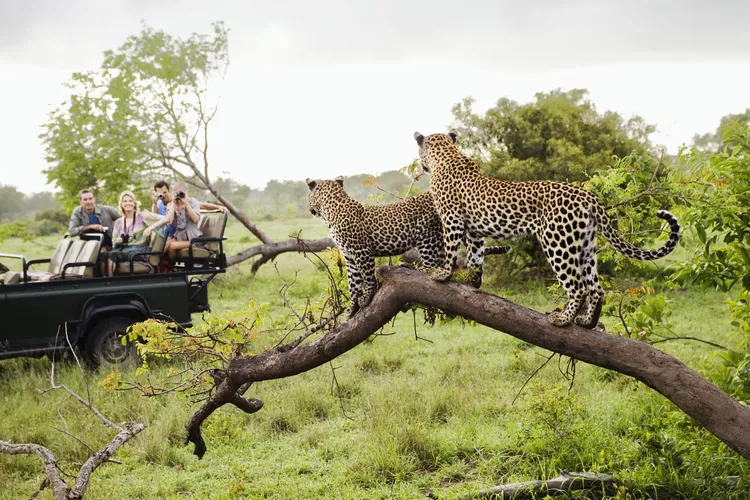
Several African national parks, though, are also numerous choices for safari vacations. For instance, the Serengeti National Park in Tanzania is the site of the yearly wildebeest migration, and is one safari area with unique views and sensations.
How Kruger National Park Compares with Other Safari Destinations
Kruger National Park vs Serengeti National Park
Both parks are great destinations to experience wildlife; however, there are fewer Cheetahs at Kruger national park than there are at the Serengeti. Also, if you would love to see more of African wild dogs, Kruger national park may not be the best safari destination for you, as the number of wild dogs at Kruger pales in comparison to that of the Serengeti.
Additionally, Kruger national park is best for viewing Elephants while the Serengeti is best for viewing Lions. Moreover, if you would love to witness the great Wildebeest migration, the Serengeti is the place to be, not Kruger.
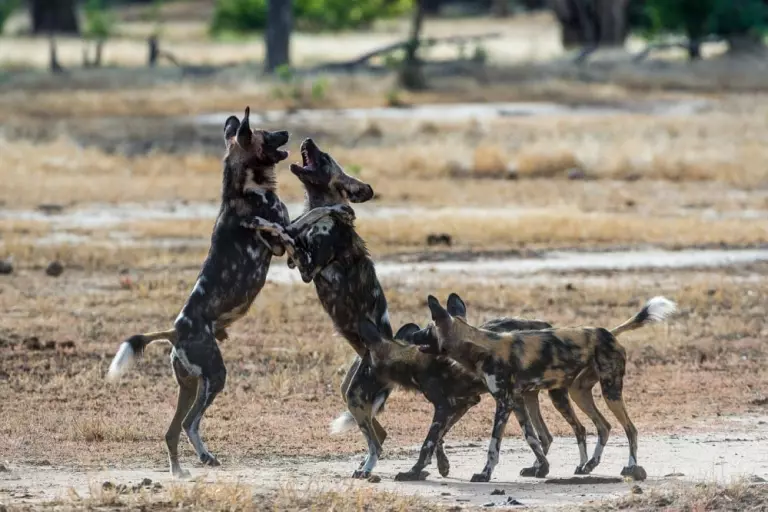
Kruger National Park vs Okavango Delta
Without a doubt, both the Kruger national park and Botswana’s Okavango delta are incredible African safari destinations. However, while one can easily spot the Big Five on the same day at Kruger national park, you might have to spend days searching for them at the Okavango delta.
Kruger National Park vs Hwange National Park
Although not as popular as Kruger national park, Hwange national park in Zimbabwe is home to a plethora of wildlife. In fact, the population of African wild dogs at Hwange national park is greater than that of Kruger and any other park or game reserve in Africa.
Pros and Cons of the Wildlife Experience at Kruger National Park:
Pros:
1. The park allows guests to interact closely with wildlife in their natural habitat, providing a wholly genuine experience.
2. Amazing wildlife sightings. Kruger is a refuge for animal enthusiasts, home to 500 different bird species and over 147 different types of mammals. The Big Five and several additional animals may be seen with a high degree of probability.
3. Beautiful scenery throughout the park, from vast savannahs to rolling hills, provides an amazing background for your animal excursions
Cons:
1. The Kruger national Park is a beautiful tourist destination for visitors. Sadly, some human activities are having a negative impact on the park. Poaching, development, and pollution are a few of the things that people do to Kruger national Park that are the most detrimental.
2. Kruger can become quite crowded, especially during dry season, which takes away the feel and excitement of being surrounded by nothing else but nature.
3. Summertime temperatures in the park may soar as high as 40C, which some tourists may find unpleasant.
4. Without a guide, first-time visitors may find the park difficult to navigate.
The Infrastructure at Kruger National Park
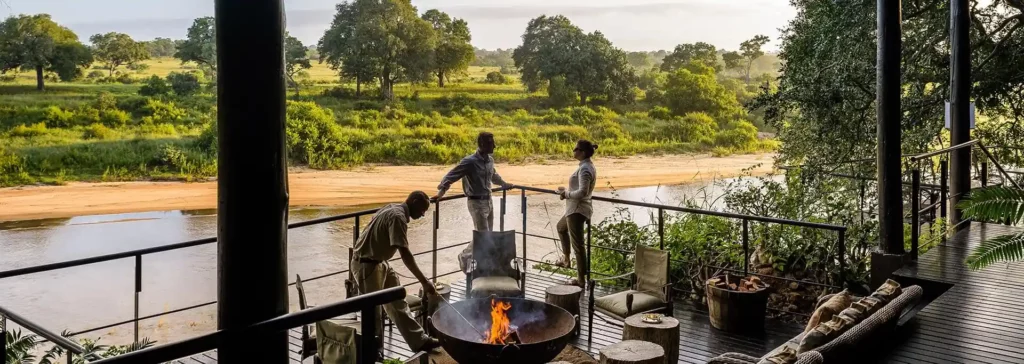
Roads: Start with the roadways. Almost 1,500 km of roads crisscross the whole area in the Kruger national park.
These well-kept roadways enable tourists to travel across the park’s various ecosystems, including the grasslands, savannas, and riverine forests.
Although most of the roads are paved, others are gravel, so it’s crucial to drive carefully.
Let’s now discuss lodges: From luxury lodges to more affordable choices, Kruger boasts a selection of apartments that provide pleasant lodging for guests.
As many of the lodges are inside the park, guests may get up close and personal with Kruger’s animals and scenic splendor.
Speaking about campsites
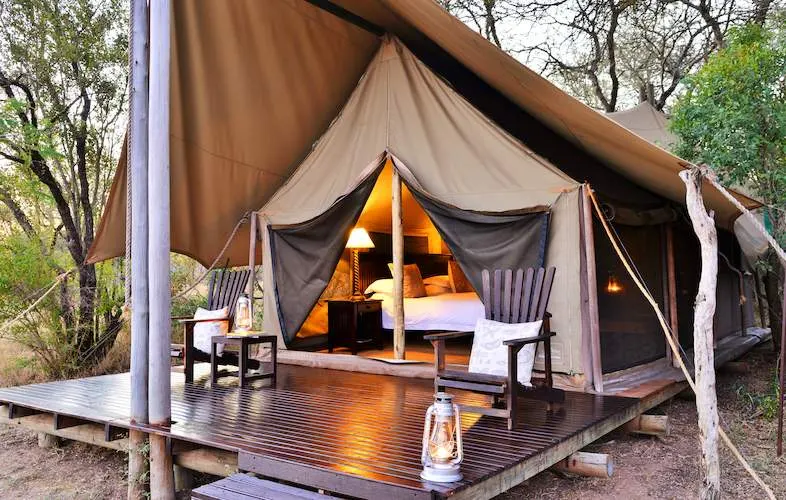
There are different alternatives for you if you want to go camping. Kruger national park provides a variety of camp locations for tourists. From fundamental to expensive campsites, some of which come with shops, pools, and other amenities. Below are some good camps where you can stay.
1. First up is the Skukuza Rest Camp, which is the largest and busiest camp in the park’s southern region. You can choose from various lodging options, including bungalows, cottages, and safari tents. Additionally, you can find nearby eateries, stores, and even a golf course to enjoy during your stay.
2. Next is the Lower Sabie Rest Camp, famous for its breathtaking location along the Sabie River’s banks in the park’s southern section. Here, you can enjoy bungalows, cottages, safari tents for lodging, and some excellent restaurants and stores to grab a bite to eat or souvenirs.
3. For wildlife enthusiasts, the Satara Rest Camp is a must-visit. This well-loved location is in the center of the park and is perfect for viewing wildlife. You can choose from various lodging options, including bungalows, cottages, and safari tents, and even enjoy a restaurant and store on-site. With bungalows, cottages, and safari tents available for lodging, you can stay comfortable while enjoying the breathtaking views. And, of course, there is a restaurant and store on site.
4. Last but not least is the Letaba Rest Camp, located in the park’s northern region. This campsite is known for its spectacular setting along the Letaba River’s banks, and you can choose from bungalows, cottages, and safari tents for lodging options.
Navigation and Accessibility
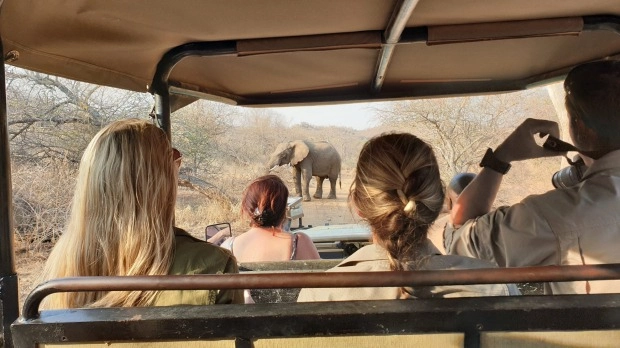
When it comes to accessibility, most parts of Kruger are easy, while others aren’t so accessible to tourists.
It is important to know the rules and regulations guiding the park, especially in areas such as driving speeds and restrictions on leaving your vehicle.
As for navigation, Kruger national park is easy to navigate because visitors are given maps and signage to help them find their way around.
Some accommodations also include guided tours and activities to help you learn more about the park and its wildlife.
Pros and Cons of the Park’s Infrastructure
Pros:
1. One good thing about Kruger park is that it has a well-maintained road network and signposts, making it easily accessible.
2. There are also many rest camps, picnic spots, and lookout points all over the park that offer a suitable place to live and stunning views of wildlife.
3. The park offers tourists a guide and activities to give its visitors an adventurous experience.
Cons:
1. The park can get overcrowded during its peak season, which can make it difficult for you to see timid animals.
2. The lodgings can be expensive and may not be up to standard.
3. The roads can be quite bumpy and difficult to navigate especially during the rainy season.
The Cost of Visiting Kruger National Park
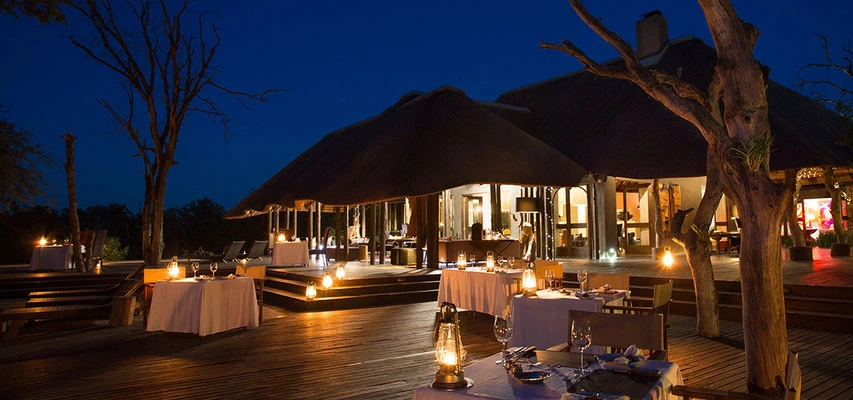
To visit the Kruger national park, The price will vary depending on a few things, including if you stay inside the park or outside, the kind of lodging you select, and the length of your stay. The costs of conservation, admission, and lodging are included in the fees.
However, for a simple three-day package, you can expect to spend about $400 USD, but if you want a full-fledged safari experience, you might end up spending up to $7,900 USD.
Remember to allocate money for travel, meals, and extracurricular activities like game drives and guided walks.
Are you considering other safari destinations because of the cost?
First, it’s important to note that prices can vary greatly depending on the type of accommodation and activities you choose.
However, Kruger national Park is generally considered a more affordable option than other popular safari destinations like Tanzania’s Serengeti or Botswana’s Okavango Delta.
One reason for this is that Kruger has a variety of lodging options to fit different budgets, from camping and self-catering cottages to luxury lodges.
Additionally, Kruger is more accessible than some other destinations, which can also help keep costs down.
What it is like at different times of the year at Kruger National Park
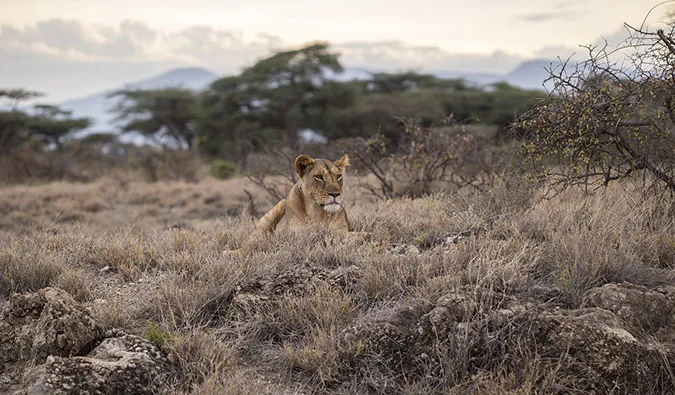
If you plan to visit the park, know that December through February is the hottest and muggiest months of the year, with sporadic thunderstorms, lush flora, and a profusion of newborn animals.
March through May are the autumnal months, which provide milder weather, less rain, and colorful foliage.
The winter season, which lasts from June to August, is drier, chilly, and has less vegetation, but it’s an excellent time to see wildlife since they concentrate near waterholes.
The transitional season of spring, which lasts from September to November and has warm temperatures and some rainfall, brings new growth and vibrant vegetation to the park.
Kruger national park is a year-round travel attraction because each season provides a distinctive experience.
When is the Best Time to Visit Kruger National Park?
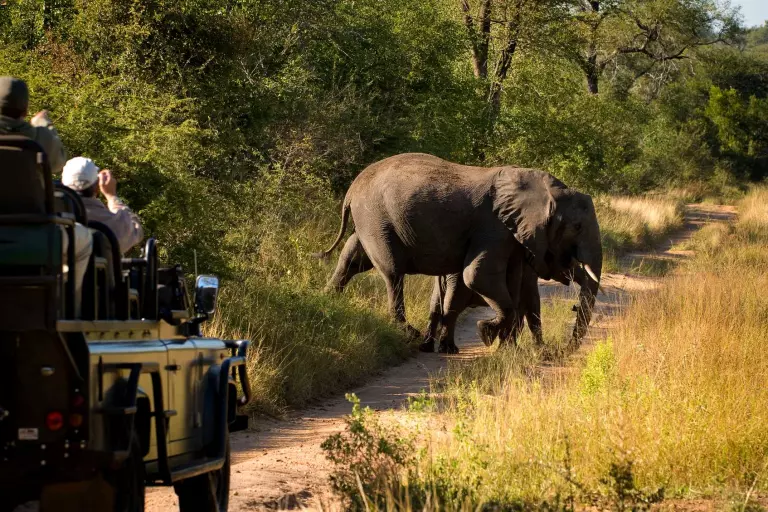
The best time to visit Kruger national park is during the Southern African dry season, which spans from May to October. At this time, The animals are friendlier, and the foliage is less dense.
The hot, muggy, and occasionally wet summer months (October to April) are the best times to see birds and newly born animals.
Plan your vacation because South Africa’s school breaks are the busiest travel time.
Conclusion
In summary, while Kruger national park may not have it all, it is still the most popular and most visited wildlife sanctuary in Africa. You will be amazed to know that 950,000 persons visit the park each year – and if that huge number of folks are visiting, it must be because the park has got a lot of goodies to offer.
Kruger national park is a must-see location for anyone interested in wildlife or just searching for an amazing trip.
As we’ve discussed in this post, it is home to an astounding variety of animals, including the Big Five. Additionally, the park provides tourists with the best lodging experience.
So put Kruger national park at the top of your vacation wish list if you seek an unforgettable wildlife and nature experience.

